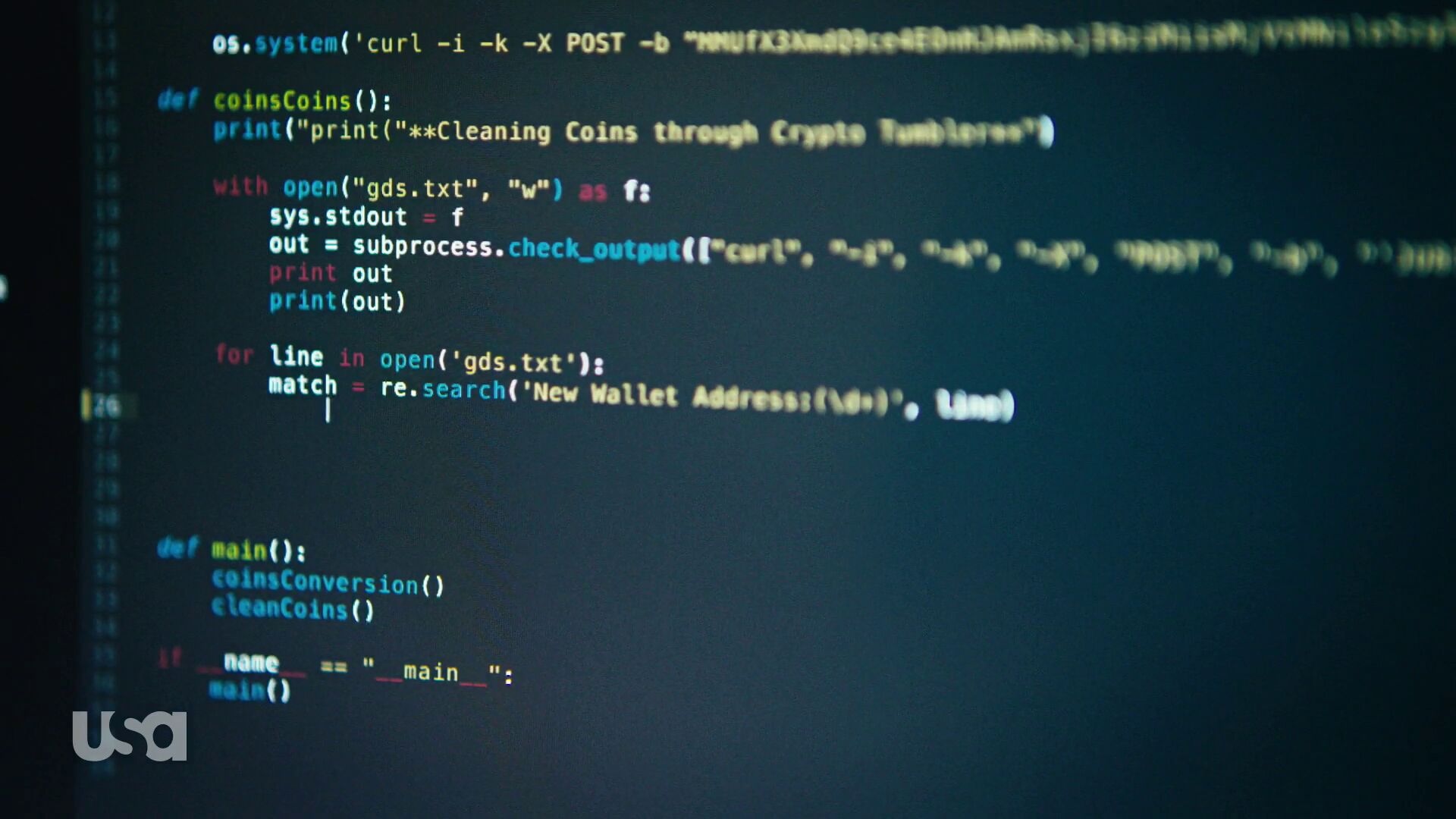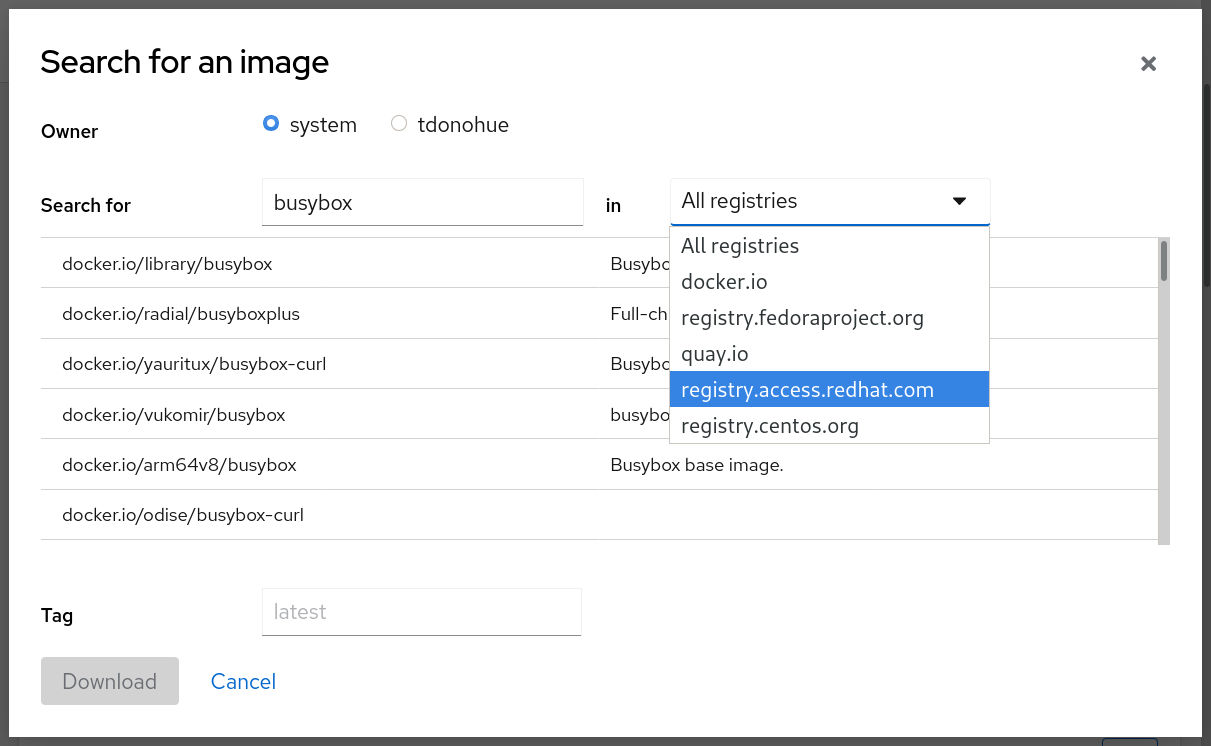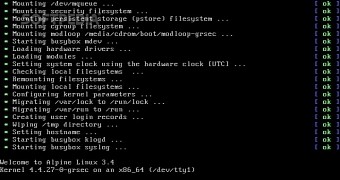Containers simplify the consumption of applications with all of their dependencies and default configuration files. Users test drive or deploy a new application with one or two commands instead of following pages of installation instructions. Here’s how to find your first Container Image:


Output:
The previous command returned a list of publicly available container images on DockerHub. These container images are easy to consume, but of differing levels of quality and maintenance. Let’s use the first one listed because it seems to be well maintained.
To run the busybox container image, it’s just a single command:
Output:
You can poke around in the busybox container for a while, but you’ll quickly find that running small container with a few Linux utilities in it provides limited value, so exit out:

The Kubernetes model for connecting containers Now that you have a continuously running, replicated application you can expose it on a network. Before discussing the Kubernetes approach to networking, it is worthwhile to contrast it with the 'normal' way networking works with Docker. By default, Docker uses host-private networking, so containers can talk to other containers only if they are on. You can poke around in the busybox container for a while, but you’ll quickly find that running small container with a few Linux utilities in it provides limited value, so exit out: exit There’s an old saying that “nobody runs an operating system just to run an operating system” and the same is true with containers. Curl is no longer an alias for Invoke-WebRequest (tested on Powershell 6.2.3), despite an apparent rejection of a motion in an RFC 'to to remove the aliases curl and wget from Windows PowerShell'. That RFC notes 'The wget/curl aliases were already removed from PowerShell Core so the problem of having those aliases was limited to Windows. BusyBox-Commands. Daily updated index of all busybox commands found scanning Firmware-Probes.Last update: 2021-04-23 04:36 GMT. The label (bbcmd) in the Command column shows there are other objects in this wiki using this name. The Mod column shows the amount of models using the respective command. Click the column header to sort by this number. Busybox docker install curl. Docker images are the basis of containers. Now that we have a better understanding of images, it's time to create our own. In April 2014, EB added support for running single-container Docker deployments which is what we'll use to deploy our app. That's a mouthful.
There’s an old saying that “nobody runs an operating system just to run an operating system” and the same is true with containers. It’s the workload running on top of an operating system or in a container that’s interesting and valuable.
Sometimes we can find a publicly available container image for the exact workload we’re looking for and it will already be packaged exactly how we want. But, more often than not, there’s something that we want to add, remove, or customize. It could be as simple as a configuration setting for security or performance, or as complex as adding a complex workload. Either way, containers make it fairly easy to make the changes we need.
Container Images aren’t actually images, they’re repositories often made up of multiple layers. These layers can easily be added, saved, and shared with others by using a Containerfile (Dockerfile). This single file often contains all the instructions needed to build a new container image and can easily be shared with others publicly using tools like GitHub.
Here’s an example of how to build a Nginx web server on top of a Debian base image using the Dockerfile maintained by Nginx and published in GitHub:
Once, the image build completes, it’s easy to run the new image from our local cache:
Output:
Building new images is great, but sharing our work with others let’s them review our work, critique how we built them, and offer improved versions. Our newly built Nginx image could be published at quay.io or docker.io to share it with the world. Everything needed to run the Nginx application is provided in the container image. Others could easily pull it down and use it, or make improvements to it.
Standardizing on container images and Container Registries enable a new level of collaboration through simple consumption. This simple consumption model is possible because every major Container Engine and Registry Server uses the Open Containers Initiative (OCI) format. This allows users to find, run, build, share and deploy containers anywhere they want. Podman and other Container Engines like CRI-O, Docker, or containerd can create and consume container images from docker.io, quay.io, an on premise registry or even one provided by a cloud provider. The OCI image format facilitates this ecosystem through a single standard.
For example, if we wanted to share our newly built Nginx container image on quay.io it’s easy. First log in to quay:
Input:

Next, tag the image so that we can push it into our user account:
Finally, push the image:
Output:
Notice that we pushed four layers to our registry and now it’s available for others to share. Take a quick look:
Output:
To summarize, Podman makes it easy to find, run, build and share containers.
- Find: whether finding a container on dockerhub.io or quay.io, an internal registry server, or directly from a vendor, a couple of podman search, and podman pull commands make it easy
- Run: it’s easy to consume pre-built images with everything needed to run an entire application, or start from a Linux distribution base image with the podman run command
- Build: creating new layers with small tweaks, or major overhauls is easy with podman build
- Share: Podman lets you push your newly built containers anywhere you want with a single podman push command
Busybox Docker
For more instructions on use cases, take a look at our Tutorials Call of duty mw3 for mac free download. page.
